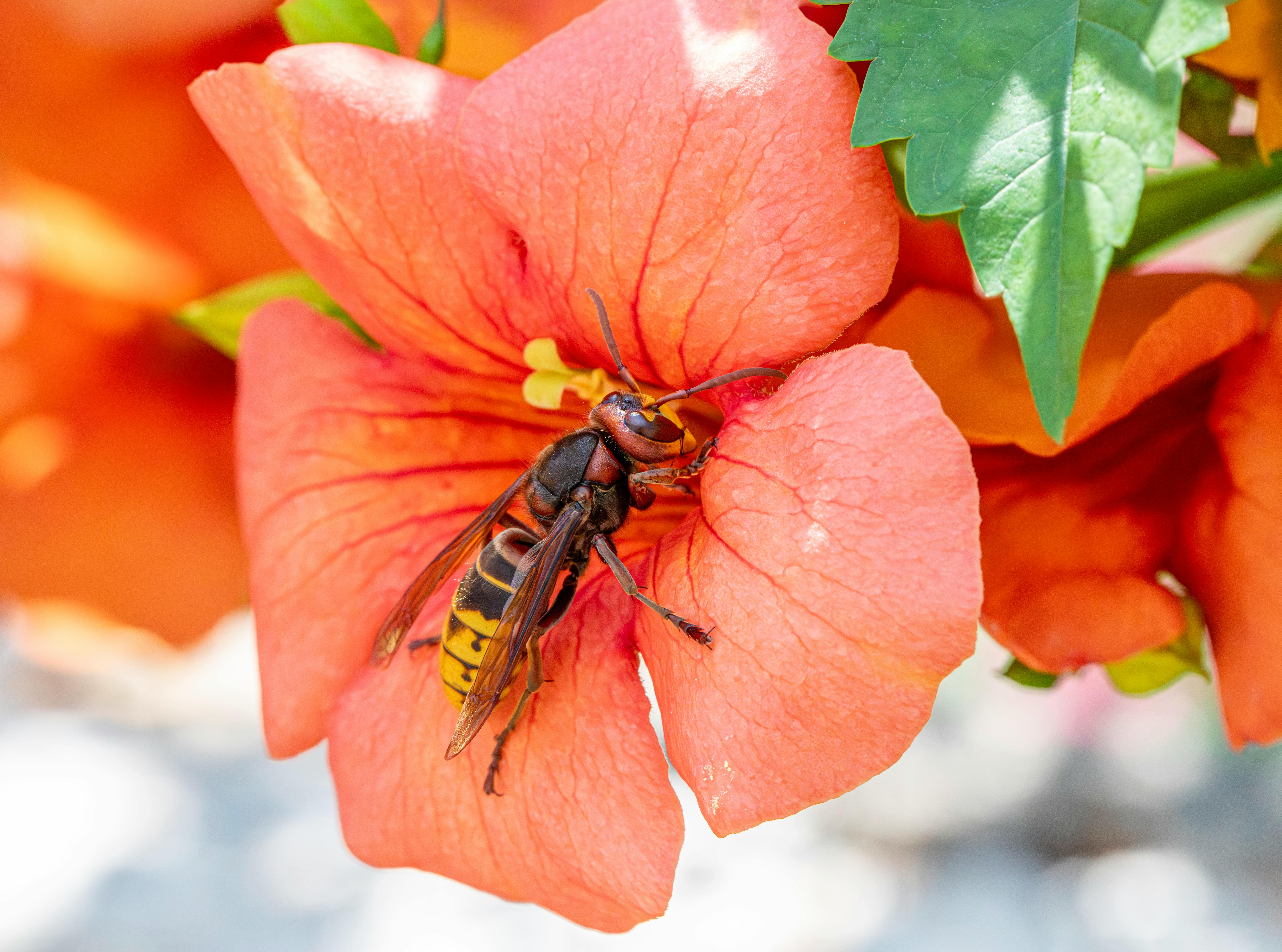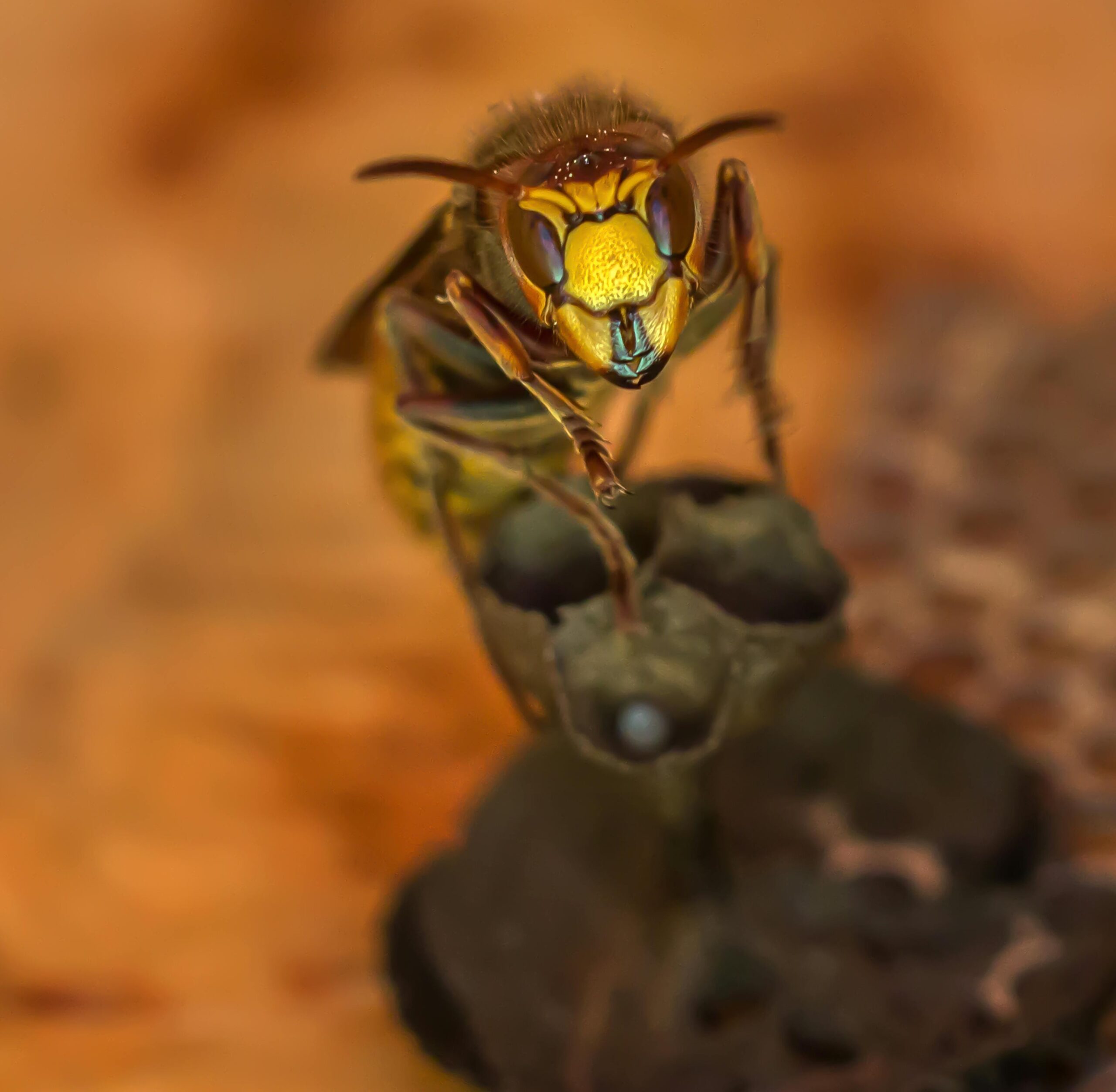Understanding Hornissennest
The term hornissennest, or hornet’s nest, refers to the intricate and often impressive architectural creations made by hornets. These nests are not only fascinating from a biological standpoint but also raise questions regarding safety and environmental impact. In this article, we’ll explore the anatomy of a hornet’s nest, the behavior of its inhabitants, and what you need to know if you encounter one in the wild.
What Is a Hornissennest?
A hornissennest is a large, papery structure created by hornets, which are eusocial wasps. These nests can be found in various environments, including trees, shrubs, and sometimes even buildings. The nests are constructed from chewed wood fibers mixed with saliva, resulting in a material that resembles paper. Understanding the physical characteristics of a hornets’ nest can help in safely identifying and managing any encounters with them. For example, a typical nest can measure up to three feet in diameter and can house thousands of hornets.
Physical Characteristics of Hornissennest
The physical structure of a hornissennest features a layered design, with each layer representing a different stage of construction. These nests are often grey or brown, depending on the material used. When observing a hornet’s nest, look for distinctive traits such as:
- Round shape with a tapered bottom
- Visible layers resembling honeycomb inside
- A smooth exterior that may appear weathered

Understanding these characteristics can aid homeowners in recognizing nests before they become a problem, allowing for appropriate safety measures to be implemented.
Behavior of Hornets in their Nests
Hornets display complex social structures and behaviors related to their nests. The colony is typically headed by a queen who is responsible for laying eggs. Worker hornets maintain the nest, acquire food, and protect the colony. Interestingly, these insects are known for their defensive behavior; they will aggressively protect their home when they perceive threats. This defense strategy can lead to significant safety concerns when a nest is located near human activity.
It’s important to note that hornets are also beneficial to the ecosystem. They help control pest populations by hunting other insects. However, it’s best to maintain a safe distance from their nests to avoid provoking aggressive behavior.
Safety Precautions around Hornissennest
If you find a hornissennest on your property, safety should be your utmost priority. Hornets can be aggressive, especially when their nest is disturbed. It is advisable to monitor the nest from a safe distance rather than attempting to remove it yourself. Here are some practical tips to keep in mind:
Identifying the Right Time for Action
Recognizing the best time to address a hornets’ nest is crucial for safety. Late evening or early morning is typically the safest time to approach since hornets are less active during these hours. If the nest must be removed, it’s best carried out by professionals who possess the right protective gear and expertise.
Professional Nest Removal
When considering the removal of a hornissennest, it’s highly recommended to contact pest control professionals. They have the tools and knowledge necessary to handle the situation securely. Attempting to remove a nest without professional help can lead to painful stings and allergic reactions. During removal, professionals will assess the nest’s size and location, allowing them a tactical approach for safe extraction.

Ecological Impact of Hornissennests
While hornets are often seen as pests, they play a significant role in our ecosystems. Understanding their ecological contributions can help mitigate fears associated with their nests. Hornets are natural predators, preying primarily on pest insects, including flies and caterpillars. This predatory behavior is especially beneficial for gardens and agricultural settings.
Hornets and Pest Control
In agricultural environments, hornets can contribute positively by controlling pest populations. Rather than eliminating them immediately upon sighting, consider the possible benefits they can provide to your local ecosystem. There are several natural pest control strategies that incorporate distinctive hornet behavior, such as:
- Allowing hornets to reduce pest populations naturally
- Using hornets as indicators of biodiversity
- Developing coexistence strategies with local wildlife
By viewing hornets through this ecological lens, society can better appreciate their existence while finding methods to maintain a safe environment.
Key Takeaways
- A hornissennest is a complex structure housing social hornets and offers ecological benefits.
- Recognizing the physical characteristics can help in identifying the nest and planning a safe response.
- Professional pest control services are recommended for hornet removal to ensure safety.
- Hornets serve as natural pest controllers and play an important role in maintaining ecological balance.
FAQ
1. How can I safely identify a hornissennest?
To safely identify a hornissennest, observe its size, shape, and location. Typically, nests are round, can measure up to three feet in size, and are often built in trees or sheltered areas. Keeping a safe distance is essential to prevent attracting the hornets’ attention, as they may see you as a threat.
2. What should I do if a hornissennest is near my home?
If a hornissennest is nearby, it is vital to maintain a safe distance. Assess the situation; if the nest poses a danger to your daily activities, consider calling a pest control service. They can evaluate the nest’s significance and help determine the best way to address your concerns.
3. Are hornets aggressive towards humans?
Hornets can be very aggressive, especially when defending their nests. If you accidentally disturb a nest environment, they may attack. For this reason, it’s crucial to avoid approaching or provoking them, especially during the day when they are more active.
4. Can I remove a hornissennest myself?
While it may be tempting to remove a hornissennest yourself, it’s strongly advised against. Professional pest control experts have specialized training and equipment to handle the risks safely. Removal attempts can provoke hornets and lead to painful stings.
5. What benefits do hornets offer to the ecosystem?
Hornets play an essential role in pest control by hunting various insects, which can negatively impact crops and gardens. By understanding and preserving their presence, we can harness their ecological benefits while minimizing risks to ourselves and our properties.
